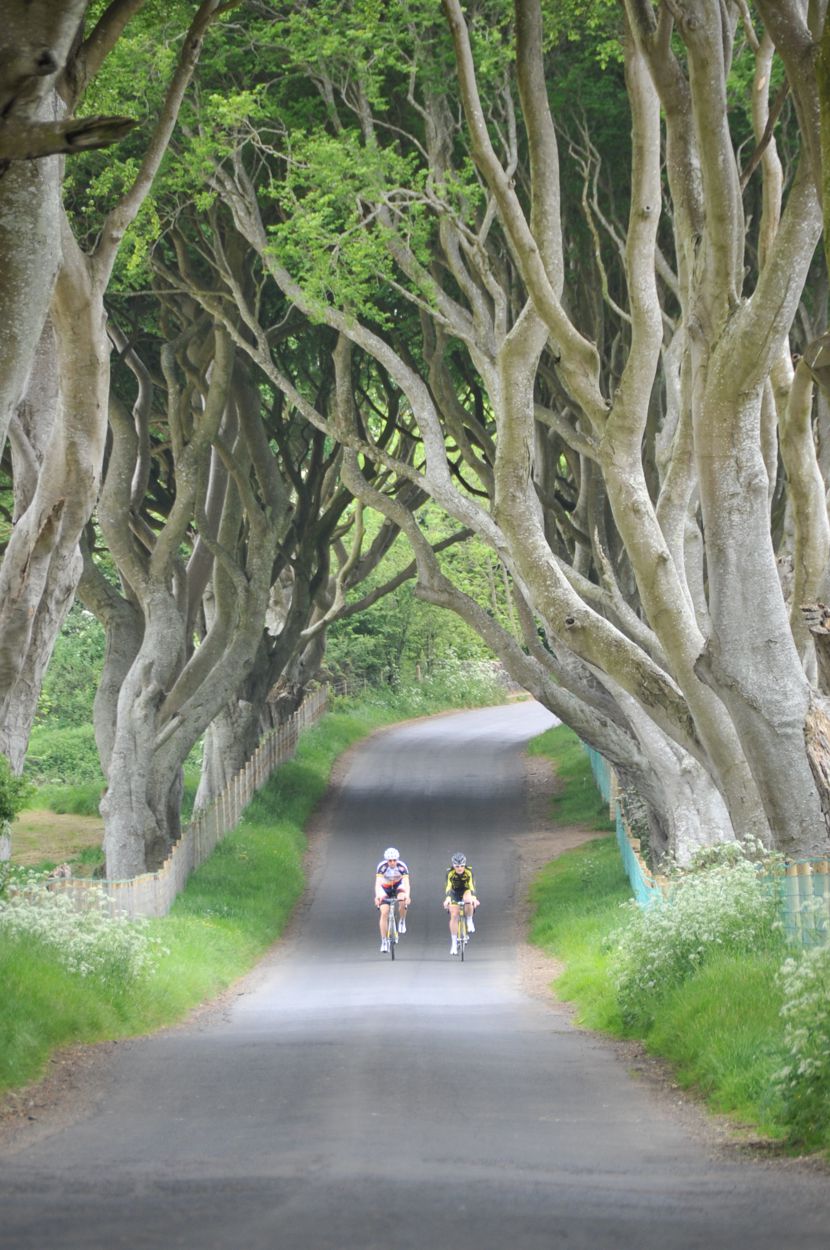A Bike Ride a Day Keeps the Doctor Away
If you were offered a pill to help you stay healthy, live longer and look and feel younger, you’d take it, wouldn’t you? Exercises like running, swimming and particularly cycling could be that pill.
Words: Chris Sidwells
Photos: Cycling Legends
“Encouraging more people to engage in cycling is crucial to improving the health of the nation and reducing the prevalence of obesity.” The words of Dame Sally Davies, the chief medical officer for the UK, in 2015.
Cycling as a universal health panacea? That’s a big claim but it’s true. Take one aspect of health, cardio vascular disease, as an example. Satins are mentioned in the media a lot nowadays. They are drugs, some say wonder drugs. They lower low density lipoprotein (LDL), often called ‘bad’ cholesterol, concentration in the blood, and bad cholesterol has been linked to narrowing of the arteries and therefore to high blood pressure, strokes and to heart attacks.
Statins are so potent that some authorities think that anyone reaching the age where high blood pressure starts kicking in with the general population, should automatically start taking them. The thing is, statins are drugs, and as such they have side effects, even if some of them might be auto-suggested. Why take a drug when exercise like swimming, running, and especially cycling because it is so accessible to so many, have exactly the same effect as statins. Exercise does a great deal of other good too?
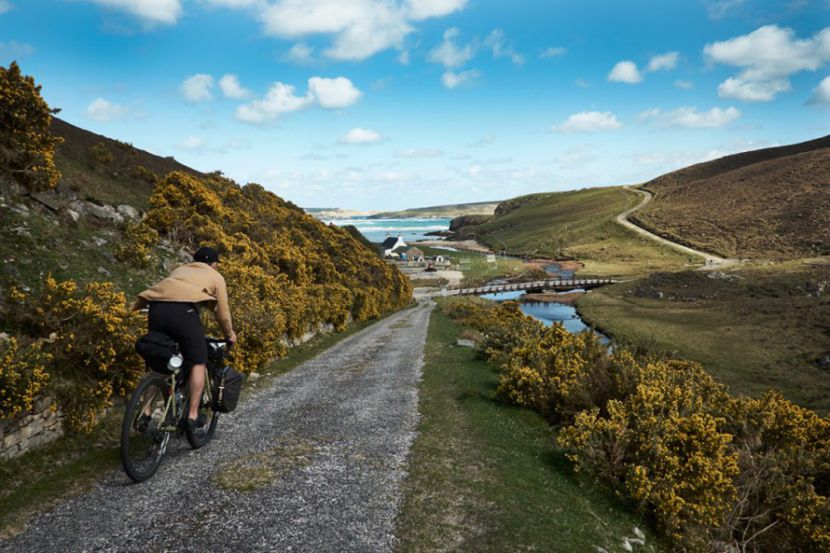
Many studies show that exercise lowers ‘bad’ cholesterol. It also lowers blood pressure and increases the concentration of high-density lipoprotein (HDL), ‘good’ cholesterol, in the blood, without any changes in diet. But what’s more, the harder the exercise, the greater these benefits.
One of the studies was carried out at the Harvard School of Public Health. Researchers compared physical activity levels with biomarkers in 1239 males in a health study. They discovered that vigorous physical activity decreases a man’s risk of heart attack, and they were also able to determine why. The benefits of exercise on boosting ‘good’ cholesterol levels account for 38 percent of the decrease, but other important markers included increases in vitamin D, and lower levels of ‘bad’ cholesterol and low levels of haemoglobin A1c.
Wider applications
But exercise isn’t just beneficial in the fight against cardio-vascular disease. The biomarker haemoglobin A1c is extra important because it widens the effects of exercise on health. Haemoglobin A1c is important in diabetes, in that high levels if it are a marker for the disease, which is becoming a big problem in the general population.
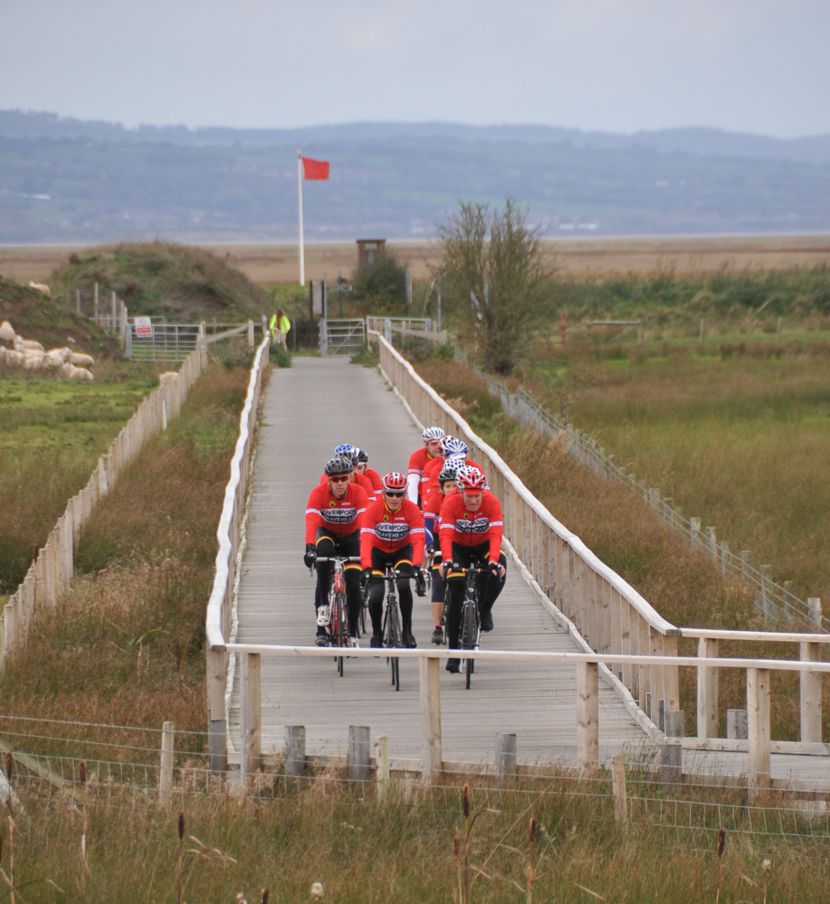
Regular physical activity can reduce your risk of developing type 2 diabetes and metabolic syndrome. Metabolic syndrome is a condition in which sufferers have some combination of too much fat around the waist, high blood pressure, low HDL cholesterol, high triglycerides, or high blood sugar. It’s an unhealthy state that predisposes people to a whole range of illnesses.
In addition the National Cancer Institute in America says that regular exercise lowers the risk of developing bowel cancer across the general population by 40 to 50 percent, and lower the risk of developing breast cancer in women by 30 to 40 percent. Uterine cancer is reduced in active women. Lung cancer too is lower in active people, although that’s probably because they are less likely to smoke.
The other big role exercise plays in fighting cancer is in losing weight. Exercise, combined with sensible eating, rather than strict or fad dieting, will help anyone lose weight. And it certainly guards against obesity, which is another factor in cancer.
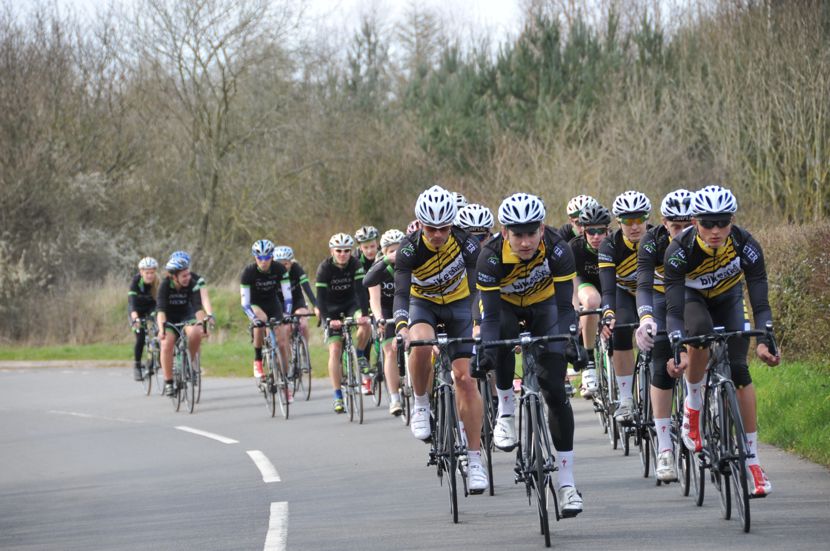
Obesity is defined as having a BMI, the ratio of a person’s weight to height, of over 30. It’s a bit of a blunt instrument for individuals, because very muscular people can have high BMIs and they aren’t obese, but it’s a workable measure when looking at populations. There is a link between obesity and the risk of developing a number of cancers, including kidney, pancreatic, thyroid, gall-bladder, uterine and esophageal cancers. Obesity may also be linked with developing other cancers too, but more research is required to be absulotely sure.
Another important health benefit is that people who exercise, even when they don’t change eating habits at all and have no significant subcutaneous fat loss, they still lose intra-abdominal fat. That’s the fat that forms deep in the centre of the body and has been directly linked with a higher risk of several diseases, including cardio vascular disease
Staying young
We know that exercise creates all the benefits listed so far because of a study on twins and exercise, which factors out a lot of variables that occur in the general population. This research also suggests that exercising helps you look and feel younger too.
It was carried out by the Department of Twin Research and Genetic Epidemiology at Kings College, London. Identical twins share 50 percent of their DNA, and in childhood they share a common environment, which removes a lot of the nature and nurture factors that can affect comparative studies.
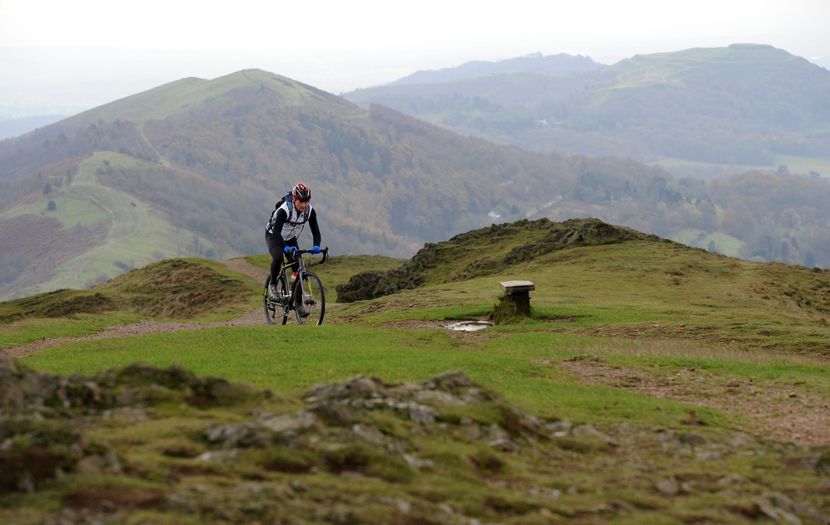
Researchers found 300 identical twins, asked them to rate their exercise habits on a scale, then took blood samples from each one involved in the study and examined the condition of their white blood cells.
The health of a person’s white blood cells has long been accepted as a marker of general wellbeing. In the twins study it was found that the most active of each of the twins had the most robust white blood cells. And there’s more. When the white blood cells were examined more closely, down to the level of individual strands of DNA, the active twin’s DNA showed a remarkable difference.
Shoe lace theory
DNA strands have protective caps called telomeres on either end of them. Telomeres are a bit like the plastic wrap on the end of a shoelace, they protect the DNA strand. It’s not known why, but every time a DNA strand copies itself the copying mechanism doesn’t read all the way to the end of the strand. It slices off a tiny section, but the slice occurs in the telomere, which happens because the telomere doesn’t contain any genetic information, so nothing is lost. This works well until the telomere becomes too short to protect the DNA. And when that happens in a cell, the DNA in it dies, so the cell begins to degenerate. In other words, it gets old. So telomere length is a good measure of cell age.
In the twin study, the most active of each pair had the longest telomeres at the end of their DNA strands. Activity in the study was gauged at 30 minutes per day, which isn’t a lot of exercise, but according to the study the active group had telomeres as long and robust as sedentary people who were ten years younger. And that was regardless of the subject’s body mass, gender or smoking, plus several other variables that were taken out. So exercise alone made the difference.
Even in identical twins, who start life with the same length telomeres, the most active of the pair had longer telomeres in later life. So they were biologically younger than their identical twin. They were born at exactly the same time but biologically they weren’t the same age.
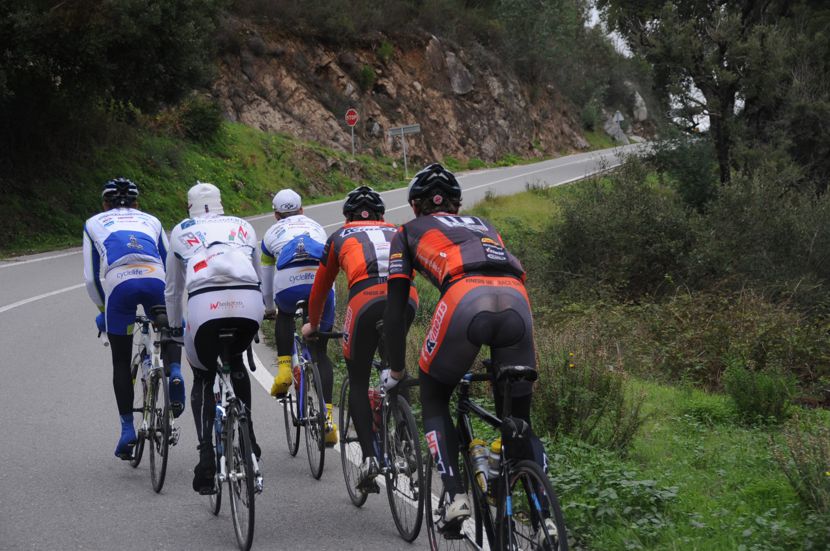
What’s in a number?
Well, quite a lot when it comes to describing somebody’s metabolic age. This is quite a new phenomenon. In the past it was thought that physical decline in old age was steady and inevitable. Consequently very few people exercised really intensively past their fifties, so any sort of group that could be studied in large enough numbers to negate the ageing theory was hard to get hold of. It isn’t now.
Hundreds and thousands of over 50s, 60s, 70s and even 80s run marathons, race bikes, swim miles, or do all three, while others engage in different extreme physical activities. Study those people and you get quite a very different picture of ageing.
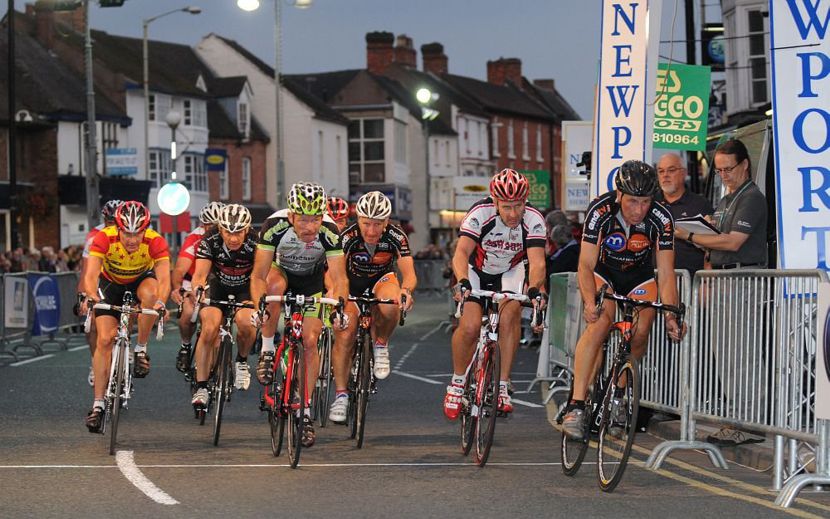
Dr Hirofumi Tanaka of the University of Texas has studied them and he says; “A great deal of the physical effects we once thought were caused by ageing are actually the result of inactivity.”
It’s been known for quite some time, albeit from studying people who were older but didn’t exercise much, that muscle fibres diminish as people age. This was attributed to a loss of motor units, the nerves that tell the muscles to contract and relax. Put crudely, once the nerve goes the muscle fibre can’t fire, so it withers. But then a Canadian study of runners aged 65 and over found their leg muscles were full of motor units. The more motor units, the faster and more fully a muscle can contract. The Canadian over-65s had as many motor units as 25 year-olds.
Active older men and women have thicker and stronger bones than older inactive people do, although you have to be careful with cycling here. Bone density loss can occur in people who do little else but ride bikes, even young people who do little else but ride bikes. Some Tour de France riders have been found to have low bone density. Which is why all cyclists, especially older ones, should add some load bearing exercise, such as lifting weights or jogging, to their cycling programme. Off-road cycling, because of the jarring effect of rough surfaces, is somewhat beneficial in preserving bone density, certainly more than if you do all your cycling on roads.
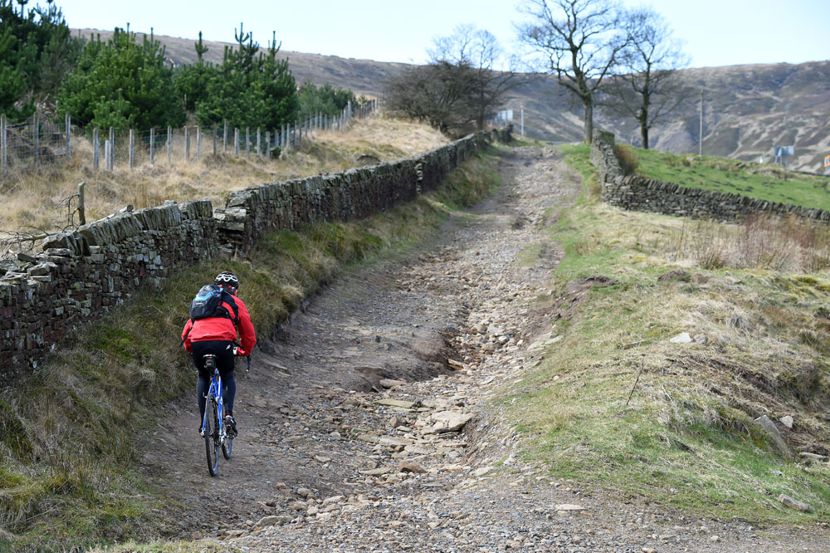
Build a better brain
I could go on quoting research that shows how exercise benefits health, prevents disease and pushes back the processes we connect with ageing. In fact a number of people have written books on the subject, and if you want to find out more I recommend you read ‘The First 20 Minutes’ by Gretchen Reynolds. It’s very good at debunking some old exercise do’s and don’ts too. But the final thing I want to look at is the effect of exercise on brain health, and particularly on how it might affect dementia.
Exercise has a number of beneficial effects on the brain. The first is something it does throughout the body. It promotes the creation of blood vessels and maintains those that exist already in good health. That means your brain gets all the oxygen and nutrients in needs, and it needs quite a lot to function properly.
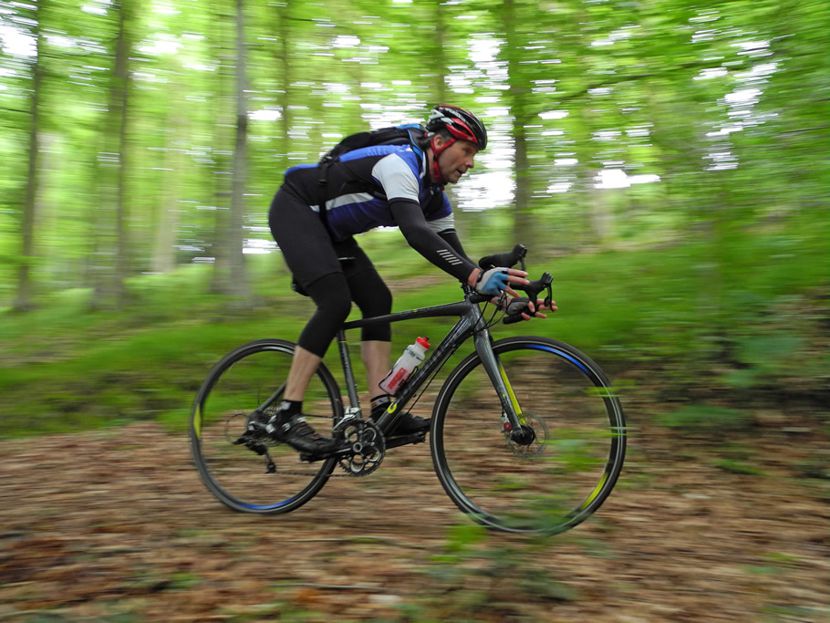
At the same time exercise stimulates the creation of new neurons, the connections within your brain. And failing connections within the brain and poor blood vessel health are one of the causes of dementia. So, although there are other kinds and causes of dementia, exercise can provide a big insurance policy against vascular dementia.
Exercise also makes you feel better and can give you a more positive outlook, and a more youthful one. Exercise does this by boosting serontin levels in the brain, and low serontin is associated with anxiety and depression. Some experiments in treating sufferers of anxiety and depression have shown that exercise works better than drugs.
But the other side of exercise is a social aspect. People who exercise tend to mix with all ages. You see this in cycling clubs or similar groups, where older and younger cyclists enjoy doing the same thing, and that helps broaden both of their horizons. On the other hand, sedentary older people can end up being quite socially isolated.
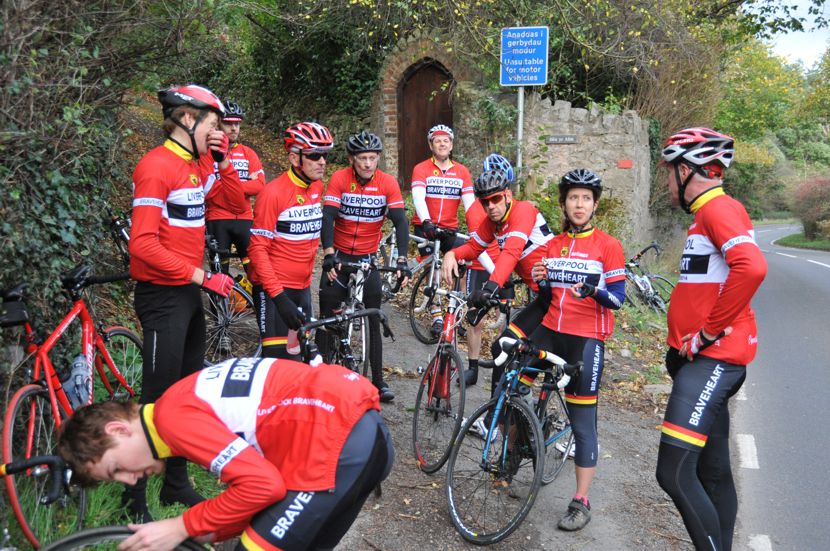
There’s no doubt about it, exercise is powerful medicine. It’s one that’s likely to be prescribed more and more in the future as new medical students graduate, because they are being taught about its power. The government are onto this too, because faced with having to make budget cuts to balance the books, exercise is very appealing to them, because it’s free.
Cycling Legends fitness stories are sponsored by

